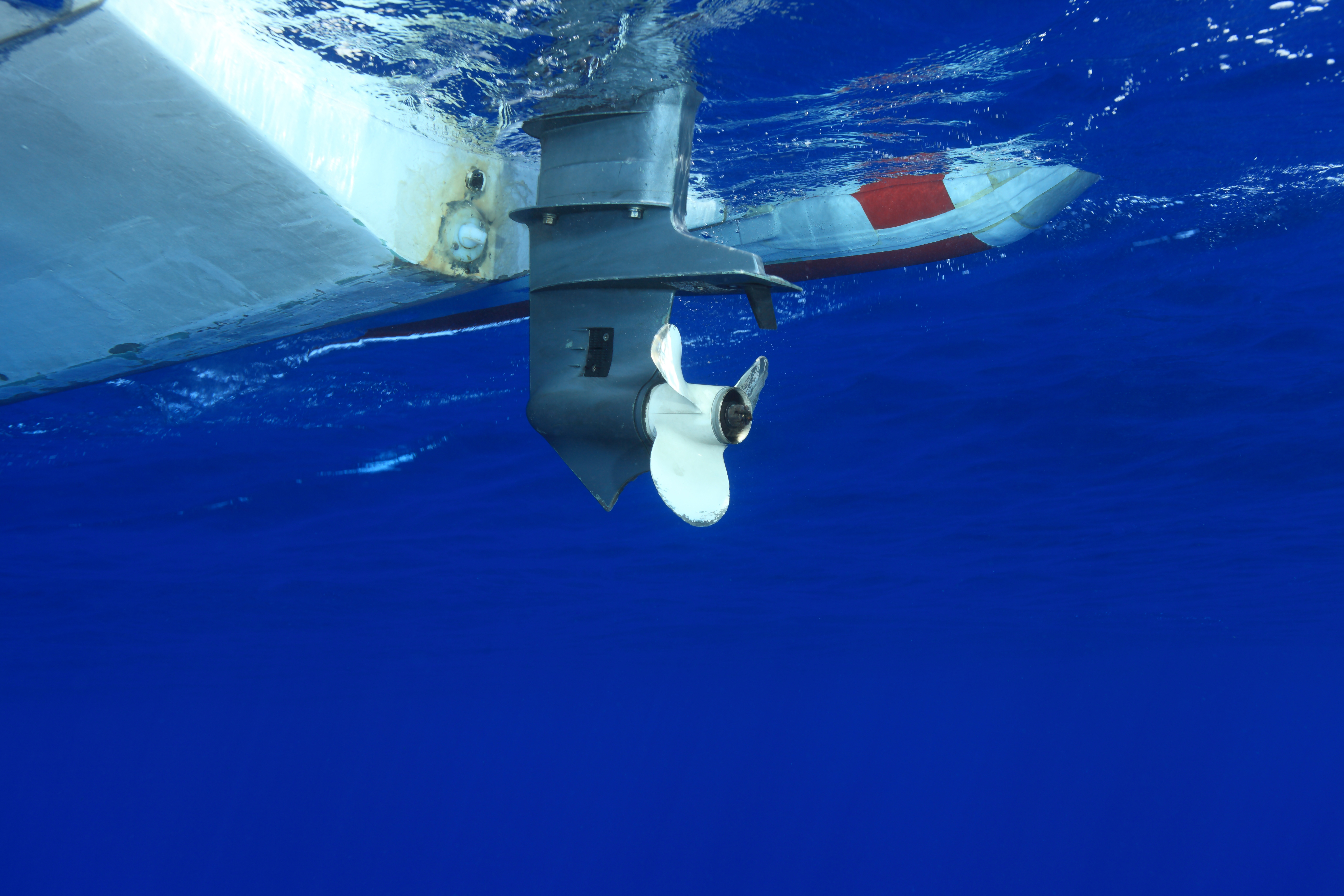3 ways that noise interacts with technology
Technology is constantly evolving to address the needs of the people and planet. With growing concerns over climate change, societal inequalities, medical conditions and more, there are few stones left unturned when it comes to innovating for good - however, noise pollution has become a recent topic of discussion for many tech giants.
Noise is something that bothers everyone at some point or another. Whether it’s a partner’s loud snoring, the busy traffic or just external chatter while someone’s trying to focus, all have experienced it.
Most audio-based technologies look to improve sound quality and delivery, but here Electronic Specifier looks at three ways that technology has begun to interact with noise, be it through noise-cancelling solutions or noise as a by-product of technology.

Dyson Zone
After six years in the works, and 500 prototypes, Dyson has unveiled its latest gadget: noise-cancelling headphones combined with their staple air-purifying technology.
In 2018, WHO (World Health Organisation) estimated that nine out of ten people across the globe breathe polluted and that a death toll of seven million per year is caused by outdoor and household air pollution.
On top of alarming statistics like these, the global pandemic saw an innate need for more portable means of filtering the air around you. Many donned disposable face masks, all the while Dyson was working on its first wearable product.
The Dyson Zone has “compressors in each earcup which draw air through the dual-layer filters and project two streams of purified air to the wearer’s nose and mouth, channelled through the non-contact visor. Sculpted returns on the visor ensure the purified airflow is kept near to the nose and mouth and diluted as little as possible by external crosswinds.”
It delivers “rich, immersive audio and relief from unwanted city noise thanks to advanced active noise cancelling (ANC), low distortion and a neutral frequency response, to faithfully replicate music or audio as the creator intended.”
Jake Dyson, Chief Engineer, Dyson, said: “Unlike face masks, it delivers a plume of fresh air without touching your face, using high-performance filters and two miniaturised air pumps.”
An innovative solution for people looking to block out noise and toxic pollutants, the Dyson zone should reach the market later this year.
Crypto-mining
Many overlook or are unfamiliar with the physical consequences of cryptocurrency. As it stands, virtual finance is a grey area for many – investment can be really rewarding or crumble your accounts in an instant.
Whether you understand much about stocks and the minutiae of cryptocurrency, it is interesting to note that in order for new bitcoins to enter circulation, they must be ‘mined.’
Despite what you may think, crypto-mining is not such a divergence from traditional forms of mining which seek to recover ores such as metal, coal and gemstones. Even mining virtual currency takes up vast amounts of physical space as hardware elements are required. You need a GPU (graphics processing unit) or ASIC (application-specific integrated circuit) to set up such a mining rig.
Towards the end of 2021, the Chinese National Development and Reform Commission (NDRC) and other authorities issued a circular to shut down cryptocurrency mining activities in local governmental areas. Other countries that have banned or restricted cryptocurrency include Egypt, Indonesia and Nepal.
As crypto-mining is dependent on lots of computers processing data and checking transactions through blockchain, it requires not only lots of hardware but access to electricity, both of which China has long since been home to cheap quantities of.
The computers which perform the calculations must have their temperatures moderated, thus meaning they needs fans to cool them which create lots of noise.
After the ban in China, many crypto-miners fled across rural America. To make the most of cheaper electricity tariffs, lots of crypto is mined during off-peak hours such as at night or the weekend. This amounts to noise pollution 24/7 with many local residents reporting inaudible conditions due to the computers and fans whirring.
Though this is the opposite of tech reducing noise, it’s an interesting and often unheard-of consequence tech, nonetheless.
Marine sonic pollution
The last example sets out a case in which technology causes noise pollution but offers a solution by which technology can also reverse this.
It is no secret that skippers and their boats have far-reaching and detrimental effects on marine life. The noise alone affects aquatic creatures’ abilities to hunt and communicate. From the roar of an engine to the electromagnetic waves which relay radio messages between boats and shore, such noises have a profound impact on cetaceans.
The University of St Andrews conducted research which found that “man-made noise pollution is picked up by whales in a similar way they sense natural predators…
“[They] are faced with choosing “life over dinner” and their responses to sounds from man-made noise such as military sonar systems are shaped by how they evolved to respond to natural predators like killer whales.”
Clearly the effects of maritime commercialism and seismic surveys are a threat to marine life and ecosystems. As specified by IFAW (International Fund for Animal Welfare), such noise “causes stress and drives the animal out of its habitat.
“It reduces an animal’s ability to communicate, navigate, locate prey, avoid predators, and find mates. All the aspects of an animal’s life is disrupted by human produced ocean noise.”
How can this be combatted? Proactive design considerations should be taken into account when engineering vessels. The IMO (International Maritime Organisation) recommendation for optimal noise mitigation strategy is that propellers be designed to reduce cavitation.
This is through “careful selection of the propeller characteristics such as: diameter, blade number, pitch, skew and sections.”
The University of Rhode Island suggested that greater efforts to mitigate marine sonic pollution include maintenance of the underwater hull surface. Forth Engineering has developed an underwater robot which can repair a damaged ship’s hull using pioneering friction stir welding technology. This marks a milestone in marine technology that will not only boost commercialism but could be put to great noise-cancellation uses.



